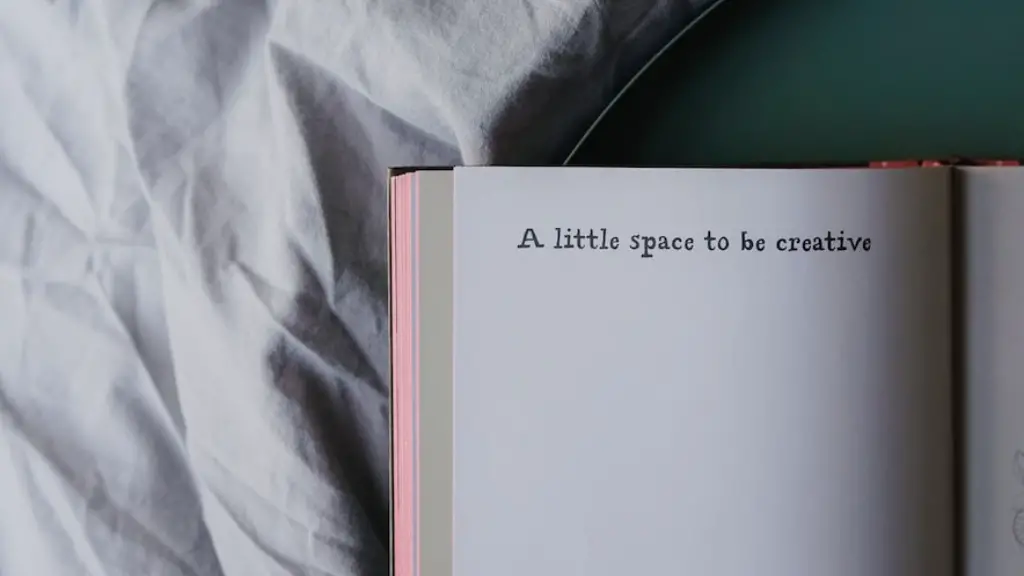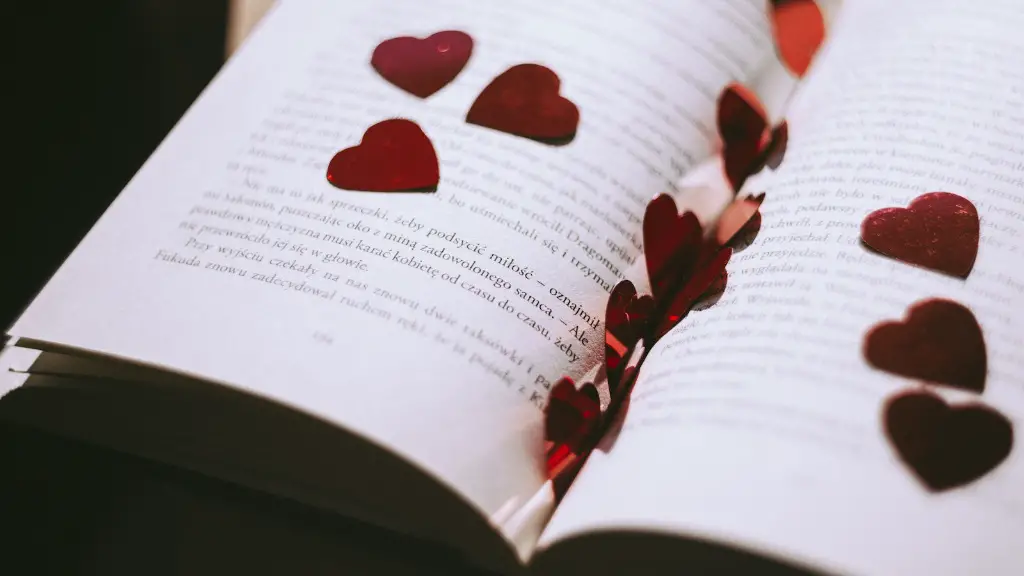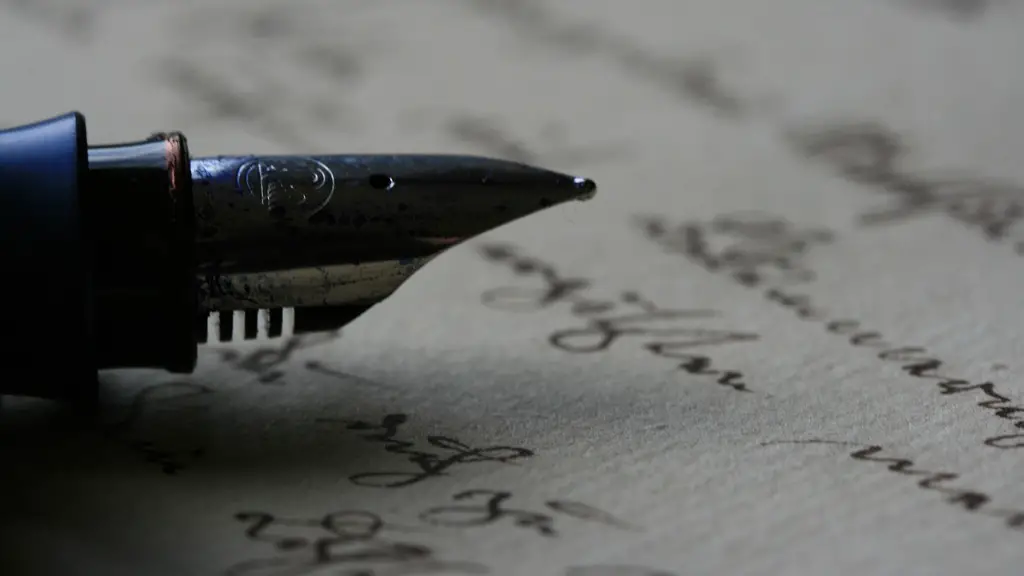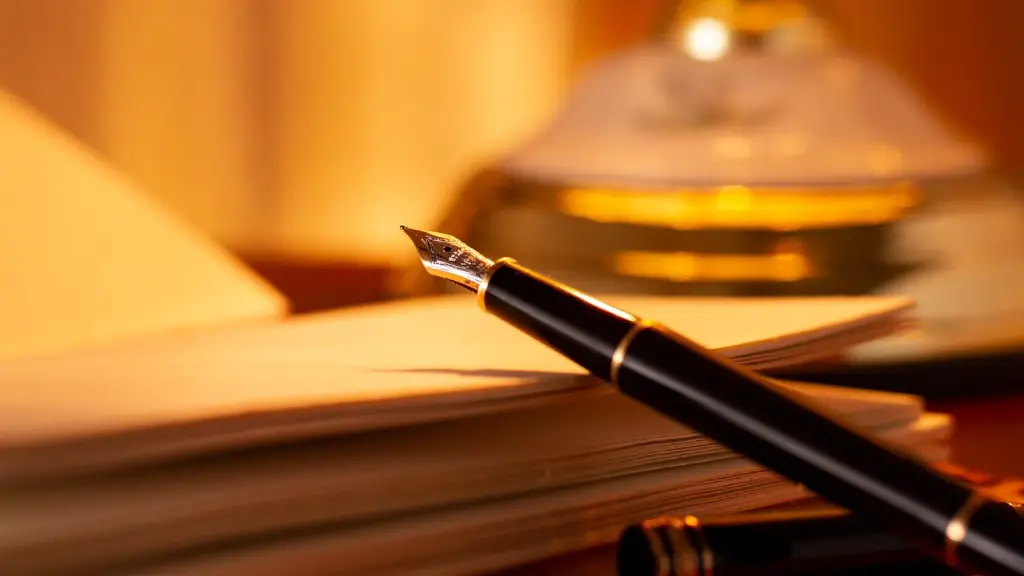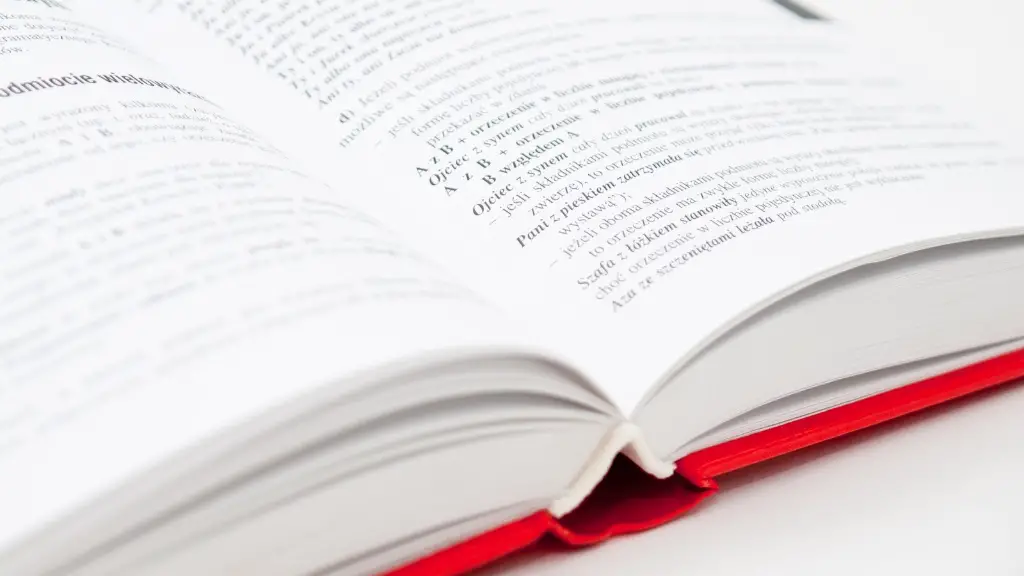What Elements of Poetry?
Poetry is an art form with a long-established set of powerful conventions. It’s a literary genre that uses carefully chosen words, images, and structural components to evoke layers of meaning, create a desired rhythm and even influence our emotions. The ancient Greeks initially developed the form and it has been used by generations of writers over the centuries to explore their life experiences and express the beauty of humanity.
The purpose of poetry is to create a vivid experience for the reader. To achieve this, writers often rely on a range of tools such as sound devices, figurative language and imagery. The list of possible elements is broad, but some of the most distinctive ones include sound, structure, and meaning.
Sound
Sound devices, such as alliteration and repetition, are used to create a rhythm and a feeling of music in the reader’s ear. Alliteration, in particular, is the repeating of certain consonant sounds to draw the reader’s attention. For instance, a painter “mixes and mists” or a singer “songs sweet sound”.
Repetition is another common sound device. It’s used to emphasize certain words or statements, making them stand out. For example, a poet might use internal or end rhyme to echo certain sounds or syllables – “As I look down from the sky on high, I cry.”
In poetry, onomatopoeia is also commonly used. This is when a word is used to mimic or suggest the sound it is describing. Animals such as cows “moo”, cats “meow”, ducks “quack”.
Structure
Poets use carefully crafted structures to convey meaning. Formal structure includes elements such as meter, rhythm, the number of stanzas, the number of lines per stanza, and others. Free verse, however, is a more flexible option due to its lack of external structures.
The internal form is composed of two elements: visual shape, created by line breaks and stanza breaks, and sound effect, created by the interplay of certain syllables and words. Poets utilize these components to create desirable rhythms and other aural effects.
Punctuation, such as the use of the dash in Emily Dickinson’s poems, is also frequently used to create visual structure and to further emphasize certain words.
Meaning
Content and meaning are essential components of every poem. Poets pay close attention to every word they choose to convey their emotional experience. They seek to convey their own perspective as well as to present emotional landscapes unique to each reader.
Imagery and figurative language, such as similes, metaphors, and personification, are some of the most commonly used devices to illustrate and add depth to a poem’s message. An example of imagery is as follows: “The blazing sun hung high in the sky, like a watchful guardian in the heavens above.” This passage is full of imagery and figurative language, adding texture and emotion to the poem.
Symbolism is a strong element of poetry. By using symbols, poets can encompass their ideas in a word or phrase and draw upon the reader’s own personal experiences to understand their meaning. An example of this type of writing would be: “The tree symbolizes strength and resilience”. The use of symbols can also help the writer to allude to abstract ideas, such as love, justice and peace.
Rhyme
Rhyme is the most prominent feature of poetry. Whether it is found within a single line, multiple lines, or even at the end of the poem, the use of rhyme can help to create a unified effect and bring a certain rhythm to the poem. As G.K Chesterton noted, “poetry is what is lost in translation; it is also what is lost in interpretation.”
Through this device, poets are able to create an auditory effect in the poem as certain words and syllables are repeated. As a result, the focus of the poem might shift from one stanza to the next, giving the reader insight into its overall message. Internal rhyme, meanwhile, can be used to further emphasize certain words or ideas.
Rhyme can strengthen the poem’s message by tying together the different verses, providing structure and helping to drive the poem’s narrative. Rhyme can often help a reader to get a better grip on the poem’s overall effect, as well as its individual stanzas.
Metaphor
An essential element of poetry, a metaphor is when one thing is described as if it is something else. It’s a comparison used to suggest a shared quality or similarity. Examples of metaphors may include: “Time is a thief” and “Life is a journey.” In poetry, metaphors are often used to evoke emotions and give readers a new way to think about a concept, such as death or love.
Metaphors are used to give the reader a clearer understanding of a concept, as well as to create connections between ideas. The use of metaphor can also create imagery and create a vivid experience for the reader. For instance, a poet might use a metaphor to compare time to an unstoppable river, urging the reader to reconsider the preciousness of life.
Using metaphors to broaden the poem’s overall meaning is a great way to engage the reader and add more layers of understanding to the poem. By evoking emotions and allowing readers to relate to the poem, a metaphor can help bring the poem’s message to life.
Imagery
Images are essential components of poetry and are used to create emotions and provoke connections between words, ideas, and even moments in time. Images can be playful, whimsical, straightforward or abstract, depending on their purpose in the poem. Through the use of literary devices such as metaphors, allusions, and symbolism, poets are able to create vivid scenes that bring the poem’s message to life.
By combining these devices, poets can create powerful scenes that resonate with readers and can evoke a number of emotions. For instance, a poet might use an image of a lion roaring to illustrate power and strength. By combining sound, structure, and meaning, they’re able to create a vivid experience that furthers the poem’s message.
Poets often use imagery to explore and express their own understanding of people, places and cultures. By doing so, they are able to share their own knowledge and experiences with readers, as well as add culture to the poem.
Symbolism
Symbolism is an important literary device that can be used to create powerful images. Symbols used in poetry can bring more meaning to a poem, as well as create a deeper level of understanding for the reader. A symbol may be used to represent an idea, concept, emotion, or experience. For example, a rose may be used to symbolize love and beauty; the moon may represent mystery and the unknown; and an eaglemay represent strength and courage.
In addition to conveying a deeper meaning, symbols used in poetry can also help create a vivid experience for the reader. By using symbols, poets can evoke memories, feelings, and even individual interpretations of their work.
Symbols can also reveal an underlying meaning of the poem. For instance, a poet may use a butterfly to symbolize freedom and renewal, conveying a message of hope or possibility. This can help to broaden or deepen the poem’s overall message and create a strong emotional connection with the reader.
Tone
Tone is the writer’s attitude towards a subject and it’s an essential tool for writers. A poem’s tone might be melancholy, playful, passionate, or anything in between. Tone often influences how the poem’s message is interpreted, as it can help create an atmosphere or feeling in the reader’s mind.
Writers can use tone to create a desired effect. They might use a light-hearted tone to evoke a sense of optimism, or a more somber one to convey a sense of tragedy. Tone can even be used to challenge preconceived notions or beliefs.
For example, a poet might use a sarcastic tone to make an ironic statement that reveals a greater truth. A poet might also use a humorous tone to mask a deeper, sadder truth. Tone is an essential tool for poets as it allows them to influence and affect the reader’s emotional experience.
Allusion
Allusions are references to people, places, events, or things from history, literature, and other works of art. In poetry, allusions can play a variety of roles, from providing a backdrop for the poem, to illustrating a point, and even bringing deeper meaning to the poem.
Allusions can also create a vivid sensory experience for the reader. For instance, by referencing a well-known painting, a poet can create a mental image that helps to bring the poem’s message to life. Allusions can also be used to refer to a deeper meaning, allowing the poet to convey a more profound message to the reader.
Allusions are also useful in that they add culture and historical context to the poem. By referencing a particular event, person, or work of art, a poet can help to broaden the poem’s scope and deepen its overall message.
Figurative Language
Figurative language is an essential aspect of poetry because it helps to evoke emotion and bring life to a poem. Writers use figurative language to create pictures in the reader’s mind and to draw on the reader’s own experiences and life.
Metaphors, similes, and other forms of figurative language are used to create connections between words and ideas, as well as to add depth and richness to a poem’s message. Additionally, figurative language can be used to paint a vivid picture for the reader, thus adding to the overall experience of reading a poem.
By using figurative language, poets can take a seemingly mundane topic and create an intense and emotional experience. This can help to convey the poet’s feelings, as well as create a more memorable experience for the reader.
